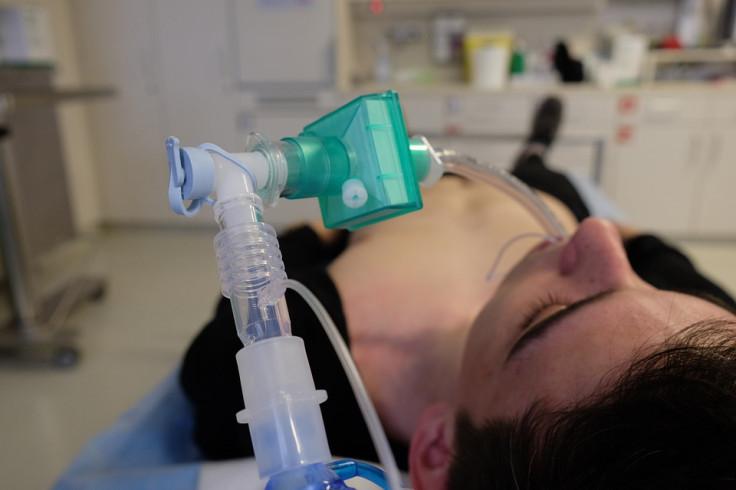Ventilators may cause more serious throat injuries on Covid-19 patients than others
Doctors speculated that COVID-19 patients sustained tracheal injuries due to the high doses of anti-inflammatory drugs given to them.
Ventilators have been among the most-used medical equipment during the pandemic. A ventilator is deemed as a life-saving device for many COVID-19 patients. However, a study revealed that those who end up on a ventilator are at risk of suffering from a serious injury to the throat.
A new study titled, "Evaluation of the Incidence and Potential Mechanisms of Tracheal Complications in Patients With COVID-19" published in JAMA Otolaryngology revealed that among patients who have COVID-19, treating them with prolonged invasive mechanical ventilation could be associated with a higher risk of suffering from windpipe or throat injury, which researchers called tracheoesophageal fistula or full-thickness tracheal lesion.
The researchers studied one hospital in Italy and found that out of the 30 COVID-19 patients who spent two weeks at the very least on ventilators, half of them had injuries to their windpipe, which used to be rare.
Health experts revealed that it is not clear how prevalent the injuries were in other hospitals during the early periods of the pandemic. They noted that there might be a different set of risks today as doctors have already learned more about treating the disease.
Dr. Giacomo Fiacchini, lead author of the study, noted that the management of COVID-19 in the second wave has been quite different from the first. He also said that in their hospital, there were already fewer patients who were put on ventilators. Doctors no longer rushed into attaching patients to ventilators. Because of this, the number of patients who require to be intubated was also reduced.
Out of the 30 COVID-19 patients that the team studied, they found that almost half of them sustained a tracheal injury. They were intubated for at least two weeks or more. The team compared them with 45 patients who were also on ventilates one year before, when COVID-19 was not yet present. They found that in the pre-COVID-19 period, only 2% of patients suffered from a tracheal injury.
While mechanical ventilators help patients breathe through a tube that is inserted into the trachea, or the windpipe, there are cases when the tube can put much pressure on the tracheal tissue, which could eventually lead to lesions.
Dr Gabriel Lockhart, director of Saint Joseph Hospital's intensive care unit in Denver noted that the study was a pretty small one. It gives them a signal and described it as "some fire behind the smoke."
Doctors speculated that among the factors why COVID-19 patients sustained tracheal injuries was that they were given high doses of anti-inflammatory corticosteroid drugs, which suppress the immune system thereby impeding the healing of any tissue breakdown brought about by the tube in the trachea. They also speculated that lying on the stomach, or the prone position, as well as maneuvering the patient might have also contributed to the injuries.
© Copyright IBTimes 2025. All rights reserved.






















